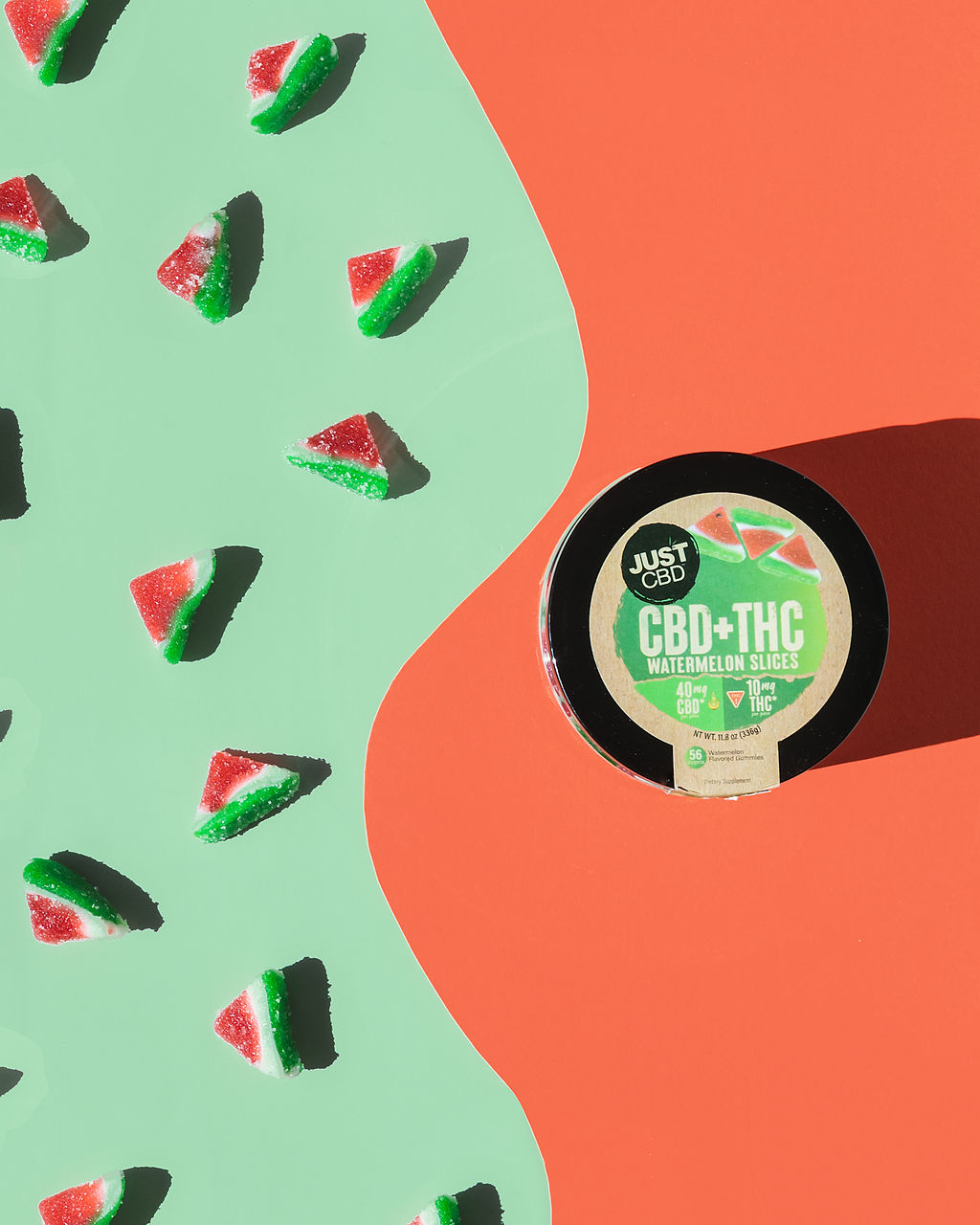How To Blend Different Strains Of Kratom Powder For Better Results
May 17, 2025
Understanding Strain Effects
Understanding how different strains of kratom interact can be key to unlocking its full potential. Each strain, originating from various regions and possessing unique alkaloid profiles, offers distinct effects ranging from stimulating to relaxing. Learning to blend these strains allows individuals to customize their experience, targeting specific needs and achieving desired outcomes.
Analgesic Strains
Analgesic strains of kratom are prized for their pain-relieving properties. These strains typically contain higher concentrations of alkaloids like 7-hydroxymitragynine and mitraphylline, which are known to interact with opioid receptors in the brain, offering potent pain relief. Popular analgesic strains include red vein Bali, red vein Borneo, and green Malay.

Stimulant Strains
Stimulant strains of kratom are characterized by their energizing and uplifting effects. These strains often contain higher levels of alkaloids like mitragynine and speciociliatine, which can stimulate the central nervous system, leading to increased alertness, focus, and energy. Popular stimulant strains include white vein Borneo, green Maeng Da, and yellow vein Sumatra.
By understanding the distinct properties of these different strain types, individuals can experiment with blending them to create custom combinations that cater to their specific needs. For instance, combining a stimulating strain like white vein Borneo with a relaxing strain like red vein Bali could result in a balanced experience that promotes focus and reduces anxiety.
Sedative Strains
Sedative strains of kratom are known for their calming and relaxing effects. These strains typically contain higher concentrations of alkaloids like 7-hydroxymitragynine, which interact with opioid receptors in the brain, promoting feelings of tranquility and sedation. Popular sedative strains include red vein Thai, red vein Borneo, and white vein Bali.
When blending kratom strains for sedative effects, it’s important to consider the desired intensity. For milder sedation, a small amount of a sedative strain can be added to a stimulant or analgesic strain. For stronger relaxation, a higher ratio of sedative strains may be used. It’s always best to start with a small dose and gradually increase as needed.
Mixing for Enhanced Benefits
Kratom, an herbal supplement derived from the Mitragyna speciosa tree, offers a range of effects depending on the strain consumed. Each variety boasts unique alkaloid compositions, leading to diverse experiences, from stimulating energy boosts to soothing relaxation. Exploring the art of kratom blending allows individuals to fine-tune their desired outcomes by combining strains with complementary properties.
Combining Analgesic and Stimulant Strains
Mixing analgesic and stimulant strains can create a balanced experience, offering pain relief alongside increased alertness and focus. For instance, combining a potent analgesic strain like red vein Borneo with a stimulating strain like green Maeng Da could provide effective pain management while promoting mental clarity and energy.
Careful consideration should be given to the ratios when blending these strains. A higher proportion of analgesic strains might lead to stronger pain relief but could also induce drowsiness, whereas a greater concentration of stimulant strains might enhance focus but potentially exacerbate anxiety in some individuals.
Experimentation is key to finding the optimal blend that suits individual needs and preferences. Starting with smaller doses and gradually increasing the amounts of each strain can help determine the desired balance and effects.
Blending Sedative and Stimulant Strains
Blending kratom strains for enhanced benefits involves carefully combining different varieties based on their unique alkaloid profiles and resulting effects.
Sedative strains, known for their calming and relaxing properties, can be combined with stimulant strains to create a balanced experience. For example, mixing a sedative strain like red vein Thai with a stimulant like green Maeng Da could result in reduced anxiety while promoting mental focus and energy.
When blending for this effect, the ratio of sedative to stimulant should be adjusted based on individual preferences. A higher proportion of sedative strains will promote greater relaxation, while a higher proportion of stimulant strains will enhance alertness.
Creating a Balanced Blend
Blending kratom strains allows individuals to customize their experience and target specific needs.
- Analgesic strains are prized for pain relief and often contain higher concentrations of alkaloids like 7-hydroxymitragynine and mitraphylline.
- Stimulant strains offer energizing and uplifting effects, with higher levels of alkaloids like mitragynine and speciociliatine.
- Sedative strains promote relaxation and calmness, often containing higher concentrations of 7-hydroxymitragynine.
Dosage Considerations
Dosage considerations are crucial when blending kratom strains to achieve desired effects. The potency and effects of kratom vary depending on the strain, its alkaloid content, and individual sensitivities. Understanding the unique properties of different strains and their potential interactions is essential for safe and effective use.
Starting Point

When experimenting with kratom blends, starting with a low dosage is crucial. Begin with a small amount (around 2-3 grams) of the combined strain mixture. This allows you to gauge your body’s response and adjust the dosage accordingly.
If desired effects aren’t achieved after the initial dose, you can gradually increase the amount by 1-2 grams each subsequent time, observing how your body reacts at each increment.
It’s important to be patient and listen to your body. Everyone responds to kratom differently, so finding the optimal dosage may require some experimentation and fine-tuning.
Adjusting Dosage Based on Effects
Dosage considerations are crucial when blending kratom strains to achieve desired effects. The potency and effects of kratom vary depending on the strain, its alkaloid content, and individual sensitivities. Understanding the unique properties of different strains and their potential interactions is essential for safe and effective use.
When experimenting with kratom blends, starting with a low dosage is crucial. Begin with a small amount (around 2-3 grams) of the combined strain mixture. This allows you to gauge your body’s response and adjust the dosage accordingly.
If desired effects aren’t achieved after the initial dose, you can gradually increase the amount by 1-2 grams each subsequent time, observing how your body reacts at each increment.
It’s important to be patient and listen to your body. Everyone responds to kratom differently, so finding the optimal dosage may require some experimentation and fine-tuning.
Safety Tips
Unlocking the full potential of kratom often involves understanding how different strains interact. Each strain, with its unique alkaloid profile, offers distinct effects, from energizing stimulation to soothing relaxation. By blending strains, individuals can tailor their experience to achieve specific desired outcomes.
Source Quality Kratom
Understanding the nuances of each kratom strain is crucial for creating effective blends. Start by familiarizing yourself with the general characteristics of different strain types. Analgesic strains are prized for their pain-relieving properties, while stimulant strains offer energy and focus. Sedative strains promote relaxation and calmness.
When blending strains for a specific outcome, consider the desired intensity and balance. For example, if seeking both pain relief and mental clarity, combine a potent analgesic strain like red vein Borneo with a stimulating strain like green Maeng Da. Start with a small dose of the blend and gradually increase it until you achieve your desired effects.
Remember to always listen to your body and adjust dosages as needed. It’s essential to prioritize safety by starting low and going slow, allowing yourself time to assess how different strains and combinations affect you.
Avoid Mixing with Other Substances
Mixing kratom with other substances can be dangerous and unpredictable. Kratom interacts with various medications, including those for pain, anxiety, and depression. Combining it with alcohol or drugs can amplify side effects or lead to serious health complications. It’s crucial to avoid mixing kratom with any substances unless under the guidance of a medical professional.
Listen to Your Body
Listening to your body is crucial when using kratom. Pay attention to how you feel after taking different strains and blends. If you experience any adverse effects, such as nausea, dizziness, or anxiety, reduce your dosage or stop using kratom altogether. It’s important to respect your body’s limits and avoid pushing yourself beyond a comfortable level.
Everyone responds to kratom differently, so it’s essential to experiment and find what works best for you. Start with small doses and gradually increase them until you achieve the desired effects. Be patient and allow your body time to adjust.
Buy Kratom Powder for increased motivation
- What Is The Difference Between Cheek Fillers And Temple Fillers? - June 23, 2025
- Upper Face Anti Wrinkle Treatment Near Capel, Surrey - June 19, 2025
- Shotgun Rodeo Sex Position - June 9, 2025
